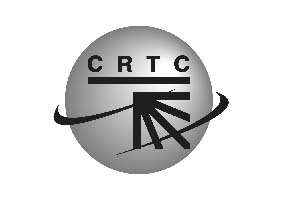The Canadian Radio-television and Telecommunications Commission (CRTC) has tossed out CanCon quotas for daytime television programming and genre protection as part of its latest Let’s Talk TV process decision.
The regulator on Thursday reduced screen quotas for the amount of Canadian programs local TV stations and specialty channels must air, with the exception of sports and mandatory services.
Quotas for the overall amount of Canadian programs that local TV stations must broadcast during the day have been reduced by the regulator from 55% to zero.
The CRTC will focus instead on evening primetime, when Canadian viewership is strong. Here the regulator will look to ensure most TV stations and channels reinvest a portion of their revenues into content made by Canadians. The CRTC’s requirement that 50% of programs broadcast in primetime must be made by Canadians remains intact.
Canadian expenditure obligations for broadcasters will remain in place, as channels will still spend a percentage of revenues on homegrown content. As an example, certain programming, including drama and documentaries, will see broadcasters continue to invest at least 75% of their content into programming from indie producers.
The latest Let’s Talk TV decision focused on how the industry will define programming created by Canadians and how it can be measured and promoted.
Another major decision impacting Canadian unscripted content producers and broadcasters: the CRTC has done away with genre protection that restricts specialty channels to broadcasting certain types of programs.
The result will see existing channels be able to acquire or produce shows that “better respond to their audiences’ interests and needs,” the CRTC said in its decision. These changes will see new specialty channels enter the Canadian market and compete with existing channels.
“Both existing and new channels will need to be innovative and creative to succeed,” the CRTC warned in its decisions released Thursday.
And the CRTC will require all broadcasters to financially invest in programs made by Canadians.
“Quality matters over quantity,” CRTC chairman Jean-Pierre Blais told a noon-hour Canadian Club audience.
The regulator also responded to consumers wanting to combine traditional TV viewing and online streaming platforms. Here, the CRTC appears ready to order upstart Canadian streamers CraveTV and Shomi to offer their services across the Internet.
“The CRTC is introducing an important change to ensure Canadian video-on-demand services can compete on an equal footing with online video services,” the CRTC said as part of its latest decision-making.
“Canadian video-on-demand services will be able to offer exclusive content as long as they are available to all Canadians over the Internet,” the regulator said.
(From Playback Daily. With files from Barry Walsh)






















